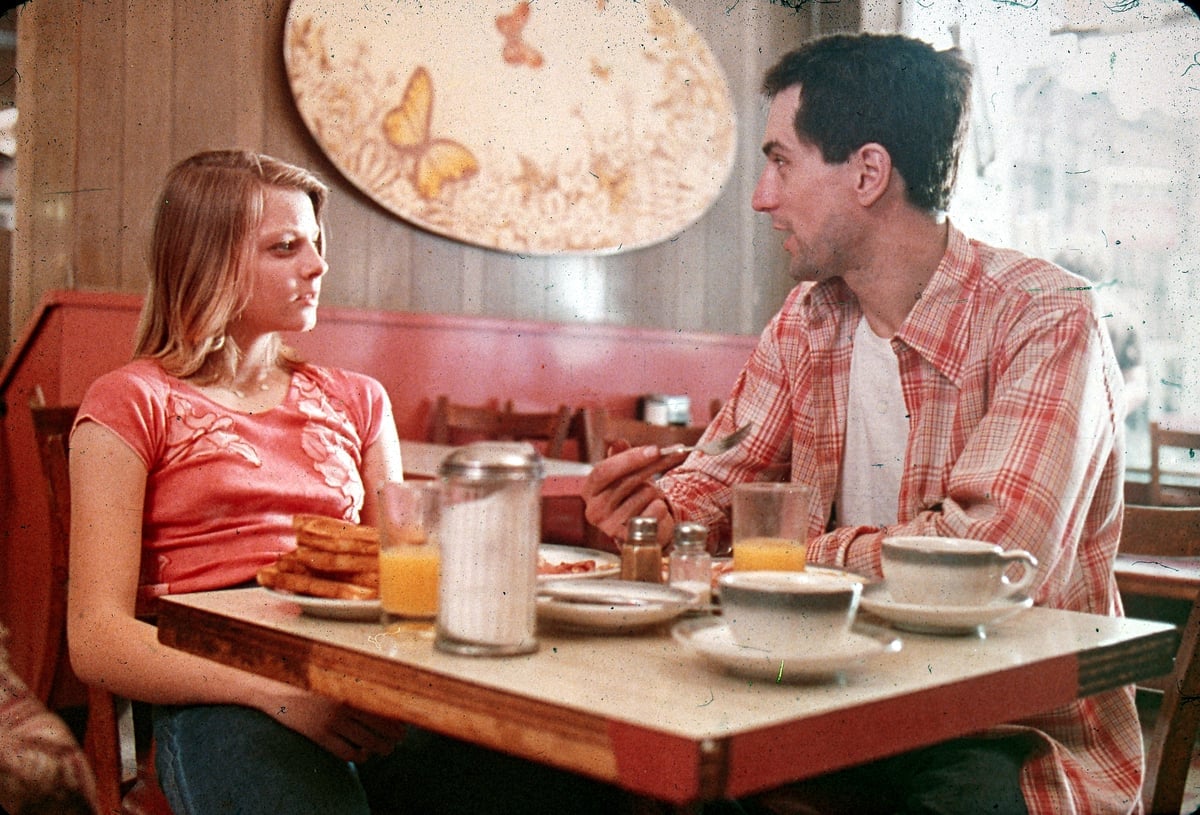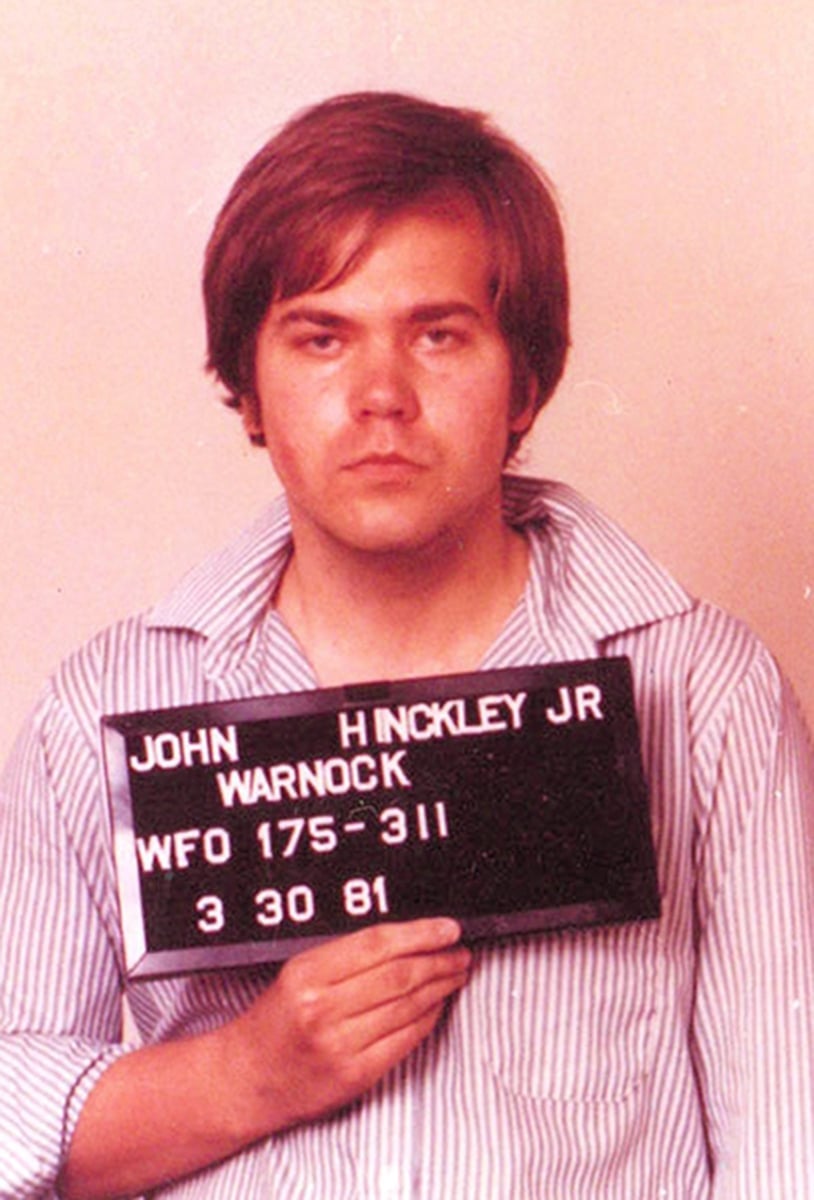
The bangs sounded small, almost like firecrackers, President Ronald Reagan's assistant later recalled.
There were six of them in less than two seconds, shattering the applause of the gathered crowd.
It was the afternoon of March 30, 1981. A Monday.
President Reagan had just delivered a speech to a building trades conference in the ballroom at the Washington Hilton, before being ushered out a secure passageway by his Secret Service detail. They made their way past the roped-off throng of media and public towards the presidential motorcade when the gunshots began.
Watch: the moment the shots were fired (Warning: distressing footage.)
The White House Press Secretary James Brady, Secret Service agent Tim McCarthy, and police officer Thomas Delahanty were wounded.
The final round ricocheted off the presidential limousine and struck President Reagan in the armpit. The bullet pierced between his ribs and into his lung, stopping just 25 mm from his heart.
As the President was evacuated to hospital (where trauma surgeons saved his life), citizens and police pinned the shooter to the ground.


